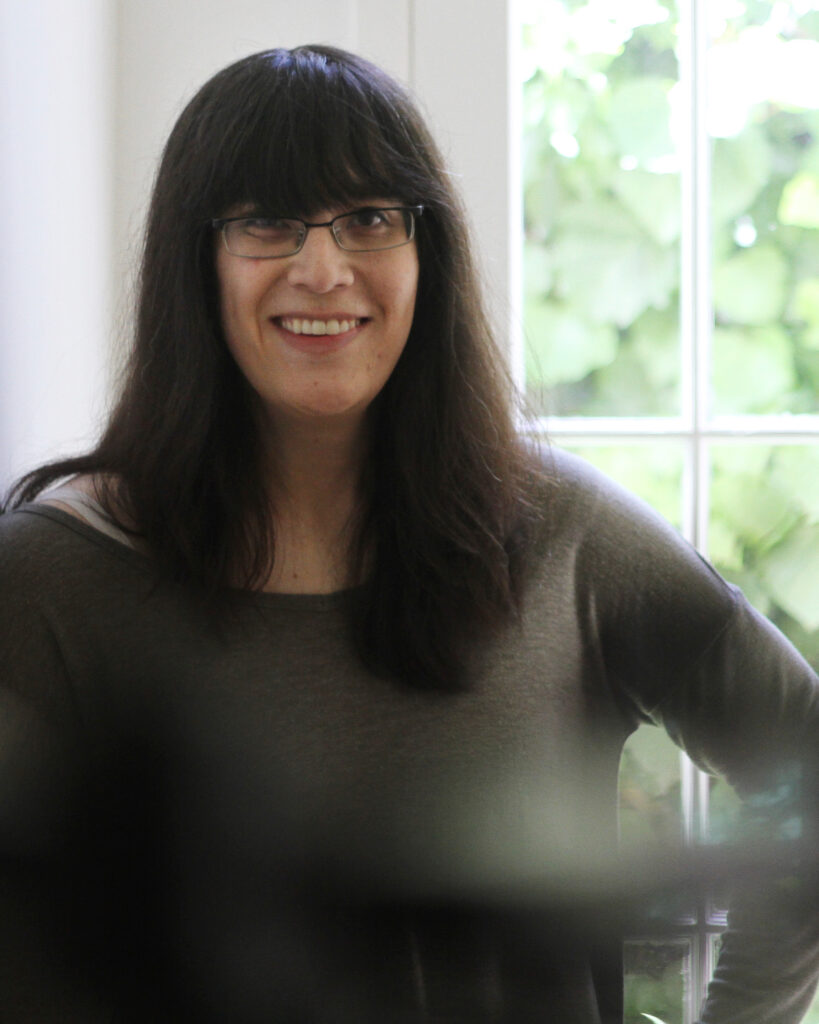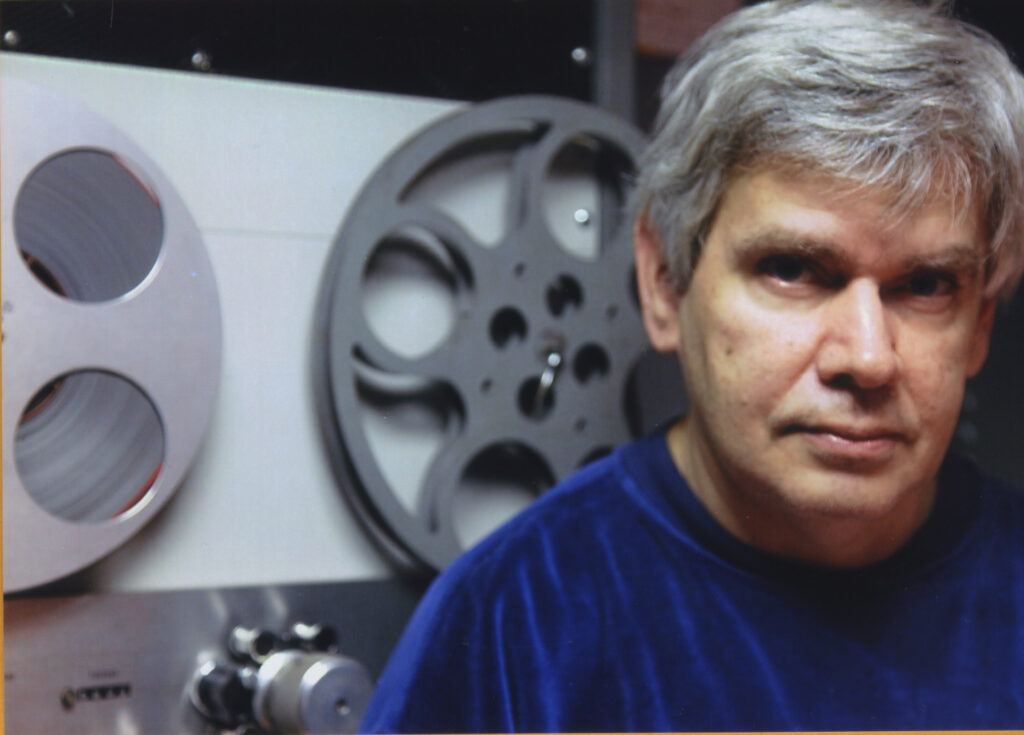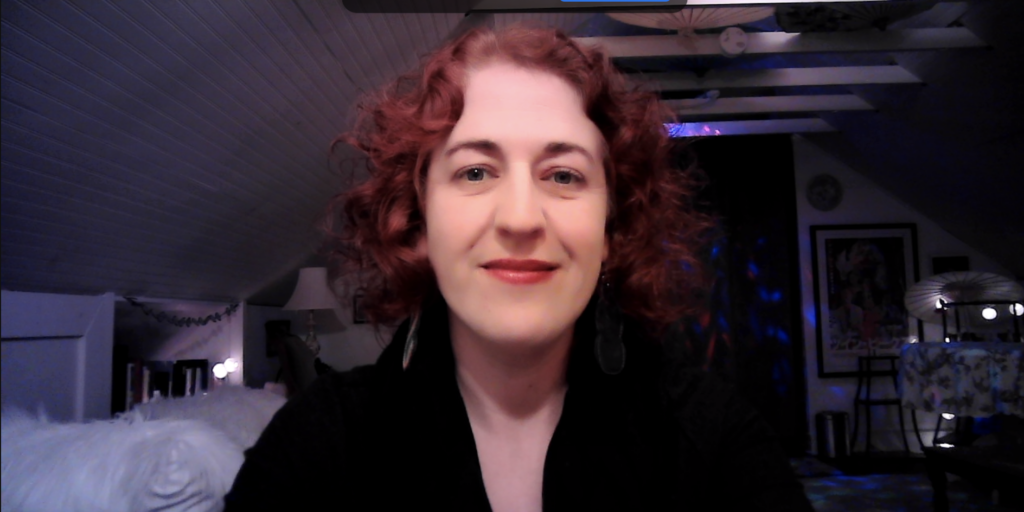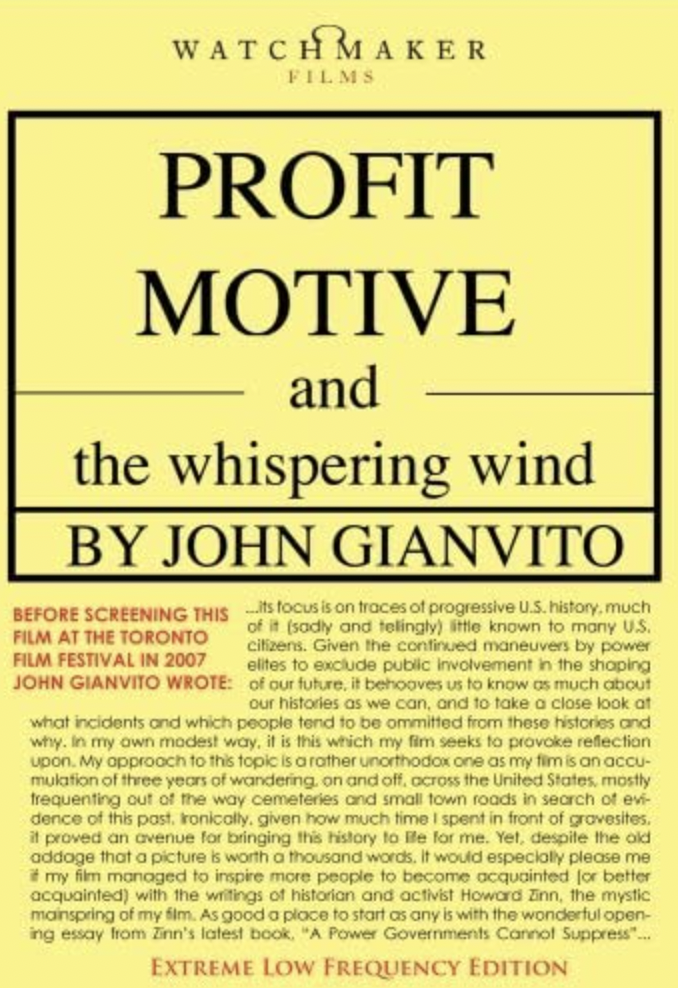The Art and Science of Entering Film Festivals
Mari Walker ’08 knows a thing or two about film festivals. She’s entered her films in approximately 450 festivals, and has worked on films that have been entered into thousands of festivals.

As Walker attests, there is an art and science to entering film festivals, which function both as a celebration of the art and as a professional networking opportunity.
The first festival Walker attended was like a dream come true, she said. She had edited a thesis project directed by an Emersonian, and she got to attend the premiere of the film at the Busan International Film Festival in South Korea in 2009. Walker has gone on to be nominated for and win several awards, including Best Narrative Short for Swim at the 2017 Los Angeles Film Festival.
She just discussed “Sharing Equity Through Independent Film” as part of the 90-Minute Film School panel at the prestigious South by Southwest Film & TV Festival, ongoing now through March 19.
Read and Emersonian’s Guide to the 2023 SXSW Film & TV Festival
“South by Southwest is the greatest to get into. It’s just an insane amount of fun,” said Walker. “The Ashland Independent Film Festival, the Phoenix Film Festival. I had a great experience at the Seattle International Film Festival. Outfest [Festivals] has a great sense of community, you feel like you’re being embraced by a warm blanket.”
She said getting to know who runs film festivals, whether it’s directors, film screeners, festival programmers, or volunteers, can pay great dividends. A kinship is often formed, and she’s made a lot of great friendships through those experiences.
Starting Small
Writer and director Matthew Rollins ’23 entered his short film, Whiskey Throttle, to about 20 festivals. Filmmakers can enter multiple festivals at a time by using FilmFreeway.
The film is about an amateur motorcross racer and won Best Horror Short for the 2022 Silver State Film Awards in Nevada.
“I wanted to speak to the motorcross subculture where I grew up in Southern California,” said Rollins. He attended the festival with friends who worked on the film, including director of photography Luke Rudie ‘22. “Whiskey throttle is a term when you hit the throttle too hard and you fall off. It sounded really cool, and is an homage to ‘70s and ‘80s horror movies.”
Rollins’ goal was to get as many people to watch the film as possible. He looked to submit it to horror categories, mostly for students only. He purposefully made the film under 5 minutes so he could enter super-short categories that have 5-minute duration cutoff points.
“I was trying to be strategic. I didn’t want to compete against people with a 20-minute film,” said Rollins.
He submitted to festivals on the cheaper side, used discount codes and other deals. Some festivals are free to enter, some cost $2, some are $5, and the more established festivals can cost up to $85 or more. The film was accepted to the Shockfest Film Festival and the Stockholm City Film Festival, which announces winners every month.
Each film festival’s guidelines are unique. When entering student film categories, Rollins sometimes just had to show his student ID. For the Beverly Hills Film Festival, Rollins had to prove that he was a college student for the category he was entering. Visual & Media Arts affiliated faculty member Mariona Lloreta wrote a letter of recommendation for him.
“She gave me the confidence and supported my ideas. She always saw where I was coming from,” said Rollins. “She’s a great resource.”
Winning at festivals comes in different styles. There might be cash. There might be a distribution deal. Rollins received a certificate for winning at Silver State Film Festival.
Thinking Big

Visual and Media Arts Professor and Graduate Program Director John Gianvito discusses the difference between certain festivals with his students. The big ones – like Cannes, Toronto, Sundance, or Rotterdam – want to host the world premiere for feature films.
“Your primary collateral as a filmmaker is your premiere status. Once you give that away, that limits certain places where you can potentially get your work shown,” said Gianvito.
Gianvito said while filmmakers like to think of themselves as being unique and original, chances are someone else has made a very similar film. But that can be a positive.
“Research to see where that film showed, and if that festival is open to that work, maybe odds are higher to taking your work,” said Gianvito.
After directing and producing her second documentary, Never Again Para Nadie, Anna Feder, Emerson’s head of film exhibition and festival programs, found herself submitting to festivals. The film has been shown in about 15 festivals, and was accepted to about 20 percent of festivals in which it was entered.
Feder tried to be strategic in which festivals she entered, and often would try a festival where Feder or one of the two other directors, Dan Frank, MFA ’20 and Justin Reifert, knew someone.
She said the big festivals such as Sundance, Tribeca, and Telluride can provide a lot of attention and more engagement than smaller festivals, but are harder to get into, so regional and niche festivals, like Jewish film festivals or female filmmakers, can be really great if the film fits.
“The trick is researching the ones that make sense for your film,” said Feder.
Feder also presented “Expanding Audience: Empowering Filmmakers to Engage in Accessibility” at this year’s SXSW Festival on March 13.
Relationships are Key
Feder runs the Emerson Film Festival, directed the Underground Boston Film Festival for seven years, and programmed numerous festivals. She’s also the head of film exhibition and festival programs and curator of the Bright Lights Cinema Series at Emerson.

“Festivals are about relationships. You are starting a relationship with that festival even if you don’t get in,” said Feder. “Think about how you engage at every step with that festival. Even if you didn’t get in this year, they may remember you.”
Film programmers have been known to contact a filmmaker to say that they liked a submitted film, but it didn’t fit that year’s program. Feder said a film could be rejected one year and accepted another year to the same festival.
“Sometimes it’s based on categories they have or don’t have that year,” said Feder. “Program themes are developed by festivals as they get certain submissions.”
Feder said it’s best to think of entering film festivals as an anonymous process, and you may or may not hear from a festival after submitting. Some festivals are better at communication than others. Some are better funded. In Europe, festivals often get government funding.
“Think about it as a relationship. Take every communication seriously, like you’re having a conversation across from someone,” said Feder. “Respond to them in a timely manner.”
Gianvito has submitted two short films to Sundance, and neither got in. But out of the blue, he got a personal email from a programmer of the short film category, who told him how much he liked the film, but that out of 12,000 submissions, they accepted 60. Gianvito wrote back and told the programmer he appreciated the very nice rejection.
Most recently Gianvito’s The Grave’s Sky recently had its world premiere at the International Film Festival Rotterdam.
Gianvito can attest to the value of personal connections.

He had entered his 2007 documentary, Profit Motive and the Whispering Wind, to the Maine International Film Festival. Unbeknownst to him, a film critic who had attended the festival passed a DVD of Gianvito’s film on to the Toronto Film Festival. Toronto loved Gianvito’s movie, and reached out to him, requesting to be the film’s world premiere.
It already had been screened in Maine, but the programmer decided that Toronto could still claim the world premiere because the Maine festival is on the smaller side and off the radar, so to speak.
Gianvito said films should only be submitted if they’re 100 percent done, because you will almost never get feedback on why a film was turned down.
“You’ll never know if that extra degree of polish could’ve distinguished your work from another film,” said Gianvito
To Submit or Not to Submit
Whether a film is accepted to a festival or not, Gianvito stresses to students that festivals are not the end all or be all to getting recognition for a film. He’s seen many people get attention for their work from streaming it.
“Applying for grants and funding, and having had a track record of exhibition, or positive reviews or awards, count for something,” said Gianvito. “I know filmmakers who feel that when they finish short films, they automatically put it online and have more eyeballs that the 200 or 300 people who saw it at a festival.”
He said attending festivals can reap benefits, and so can streaming, especially considering how many people live online.
“They may not have the patience to wait four or five months for a decision from a festival, and [don’t] want to do all the leg work like understanding different tiers of festival stature,” said Gianvito. “But one needs to know once you’ve put it up online, you’ve eliminated showing it at festivals.”
And at festivals, you never know who you’re going to meet.
Gianvito said at the 2001 SXSW, the day before the screening of his film The Mad Songs of Fernanda Hussein, the local newspaper had panned it.
“I didn’t even want to attend my own premiere,” said Gianvito.
After the screening and Q&A, film critic Jonathan Rosenbaum came up to him, said he liked the film, and invited Gianvito to grab a beer with him and some other people. Gianvito hoped that Rosenbaum would write about the film, but he didn’t, so Gianvito figured that the life of the film had ended.
But someone told him about the largest film festival in South America — Mar del Plata International Film Festival in Buenos Aires, Argentina. The film got accepted into competition, and he was invited to attend.
“Lo and behold, the president of the jury is Jonathan Rosenbaum. We end up winning the Special Jury Prize, which is the second largest prize,” said Gianvito. “I tell this story to have faith in what you do.”
Some do’s and don’ts for entering film festivals (courtesy of Feder, Walker, and Gianvito):
Do
- Promote your film beforehand
- Set up a social media account, which can have a good effect
- Post photos from the set
- Enter festivals at locations you know people so you can save money by staying at friends’ homes
- Enjoy attending films you may never see again
- Pay attention to submission deadlines
- Ask for waivers on entrance fees if you’re afraid you’re overextending your budget
Don’t
- Overextend your budget
- Forget about business cards or your contact info
- Stay too far away from a festival if you’re driving to it. Getting back at 2:00 or 3:00 am from a festival can be stressful
- Look at attending film festivals solely as a business opportunity
Categories